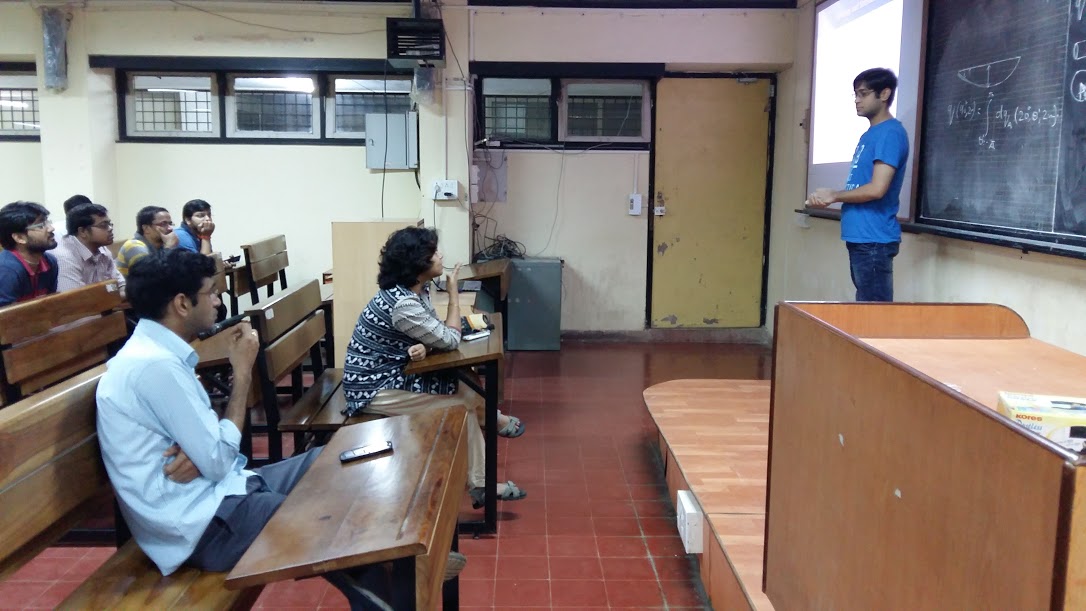- Research
- Research
- Publications
- PhD Theses
- Projects
- Academics
- Admissions
- M.Tech @ ESE
- Ph.D @ ESE
- DD MSc - Phd
- DD (B.Tech.-M.Tech.)
- B.Tech
- Minor in Energy
- Faculty Advisors
- Activities
- News and Events
- Seminars
- List of Holidays
Abstract:

Solar thermal electricity generation using parabolic trough concentrators is one of the economically feasible renewable technologies. The parabolic trough has a property to concentrate the incident sun-rays at its focal line, when tracked appropriately. A selectively coated tube (absorber tube) is placed at the focus of the trough. A concentric glass cover for absorber tube is generally used to reduce the heat losses. The portion of absorber tube facing the reflector receives concentrated rays, whereas the other side receives the incident sun rays directly. Thus, the distribution of solar flux on the circumference of absorber tube is non-uniform which results in the circumferential non-uniformity in absorber’s temperature. It leads to the differential expansion of the tube resulting in compression and tension in its different parts. It causes bending and stresses in the tube leads to the defocusing of tube and the damage of glass cover. In power plants, several receivers are joined together to construct a continuous absorber tube which is equidistantly supported (along the length) by hinges. The types of supports and the distance between adjacent supports highly affect the bending and stresses. During Ph.D., I have derived the explicit analytical expressions for finding the solar flux distribution, absorber’s temperature distribution, bending and stresses. Best system dimensions have also been found out corresponding to minimum bending. In order to compare the analytical calculations with the experimental measurements, an experimental set-up has also been created.
Sourav Khanna is a PhD student in DESE working with Prof. Suneet Singh and Prof. Shireesh Kedare.